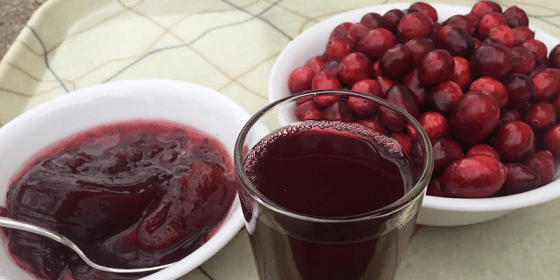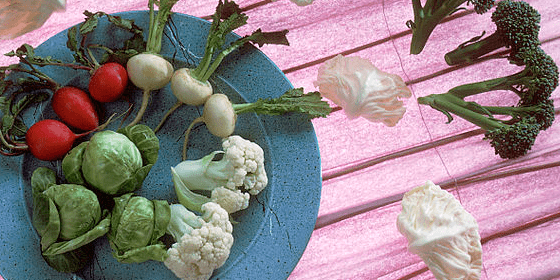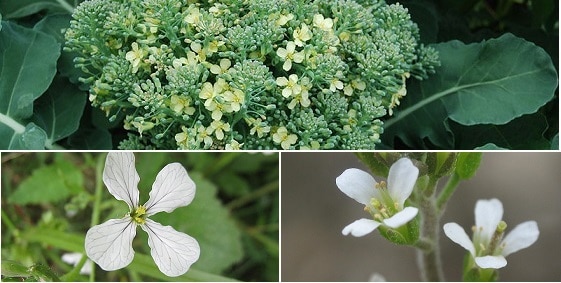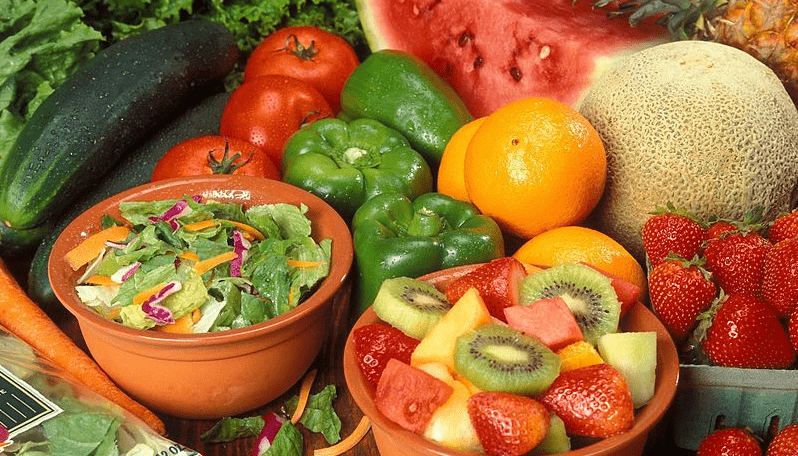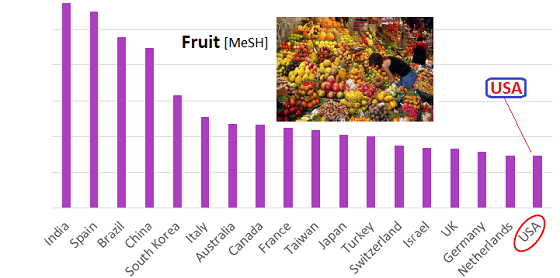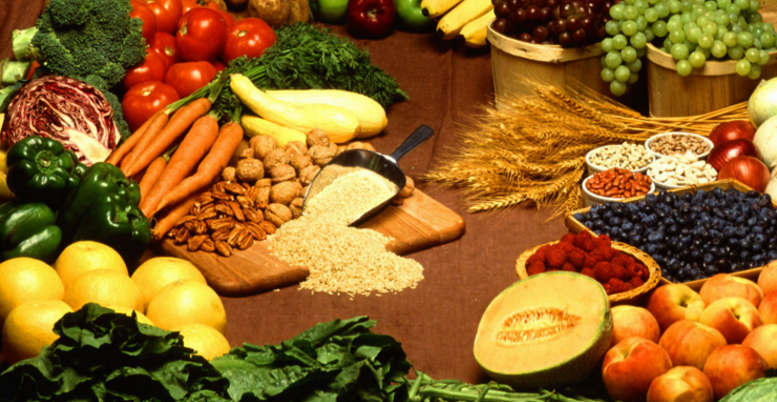Because most plant-based foods are under “plants” instead of “food” in PubMed, articles on cranberries may not be retrieved in a search for Food. By Eric Rumsey, Janna Lawrence and Xiaomei Gu Part of the problem in searching for food in PubMed is that it’s often the case that there’s a fuzzy border between betweenContinue reading “PubMed Food Problem: Cranberry & Cranberries | Update”
Author Archives: Eric Rumsey
PubMed Food Problem: Cruciferous Vegetables
To do a PubMed search for cruciferous vegetables that includes such species as Radish and Arugula, each species must be done separately. By Eric Rumsey, Janna Lawrence and Xiaomei Gu In order to do successful searches for cruciferous vegetables in PubMed, it helps to know exactly what “cruciferous” means, which makes it easier to understandContinue reading “PubMed Food Problem: Cruciferous Vegetables”
The meaning of cruciferous
To modern ears, “cruciferous” is all about vegetables. But the word’s rich history shows that it was formerly used in a much broader sense. By Eric Rumsey, Janna Lawrence and Xiaomei Gu In a Google search for the word “cruciferous,“ 9 out of the top 10 retrievals contain the phrase “cruciferous vegetables.” This certainly doesContinue reading “The meaning of cruciferous”
Is Chocolate A Food? A Problem In PubMed – 2016 Update
Because most plant-based foods are under “plants” instead of “food” in PubMed, articles on chocolate may not be retrieved in a search for Food. By Eric Rumsey, Janna Lawrence and Xiaomei Gu As we’ve written, searching for plant-based foods (PBFs) in PubMed is difficult because of the way the MeSH system is organized. This isContinue reading “Is Chocolate A Food? A Problem In PubMed – 2016 Update”
Plant-Based Foods – A Tricky PubMed Search – Revised 2016
By Eric Rumsey, Janna Lawrence and Xiaomei Gu As we discussed in an article earlier this year, searching for nutrition in PubMed has improved greatly since NLM brought the subject together in one explosion (Diet, Food, and Nutrition). This ability to search the field of nutrition easily has helped in searching for plant-based foods [PBFs]Continue reading “Plant-Based Foods – A Tricky PubMed Search – Revised 2016”
US Lags Behind The World In Plant-Based Food Research
Many other countries spend a much larger proportion of their research time and resources on plant-based foods than the United States does. By Xiaomei Gu, Eric Rumsey and Janna Lawrence In our explorations of plant-base foods (PBFs) in PubMed, it’s often striking that there are many excellent articles from non-US countries. So we did aContinue reading “US Lags Behind The World In Plant-Based Food Research”
Nuts as a Healthy Food: How to Search in PubMed
By Eric Rumsey, Janna Lawrence and Xiaomei Gu This article is based on a poster presented at the Medical Library Association annual meeting, Toronto, May 2016. Introduction Searching for nuts as food is difficult. As with most plant-based foods, MeSH terms for specific types of nuts are in the Plants explosion instead of in theContinue reading “Nuts as a Healthy Food: How to Search in PubMed”
Plant-Based Foods – An Inclusive PubMed Search – Revised 2016
By Eric Rumsey, Janna Lawrence and Xiaomei Gu Searching for nutrition topics in PubMed is tricky. It’s especially difficult to search for plant-based foods (PBF’s). In 2014, we published an article that addresses this problem that contained a hedge for searching for PBF’s. A few months ago, the National Library of Medicine introduced a new explosionContinue reading “Plant-Based Foods – An Inclusive PubMed Search – Revised 2016”
Diet, Food, and Nutrition – How To Search in PubMed
By Eric Rumsey, Janna Lawrence and Xiaomei Gu Searching for Food, Diet & Nutrition has long been one of the most difficult subjects to search in PubMed. We were happy to report earlier this year that the National Library of Medicine has gone a long way toward fixing this problem, with a new explosion forContinue reading “Diet, Food, and Nutrition – How To Search in PubMed”
Searching for Food, Diet & Nutrition in PubMed Just Got A Lot Easier!
By Eric Rumsey, Janna Lawrence and Xiaomei Gu As we’ve written earlier, the way that nutrition, food and diet subjects have been arranged in the MeSH tree explosion system has made it tricky to do comprehensive, all-inclusive searching. This has been the case because the three subjects have been in different places in the MeSHContinue reading “Searching for Food, Diet & Nutrition in PubMed Just Got A Lot Easier!”
